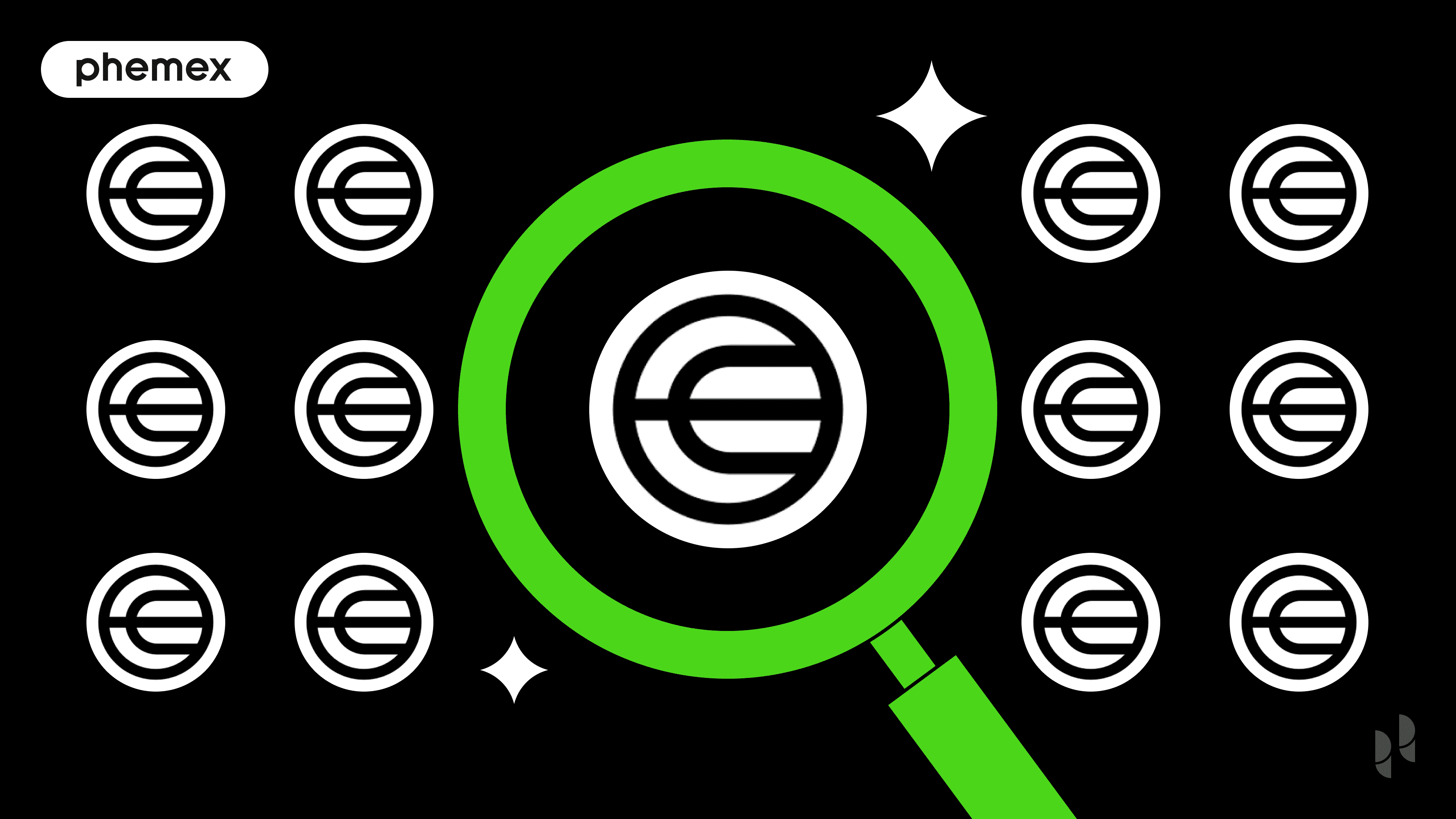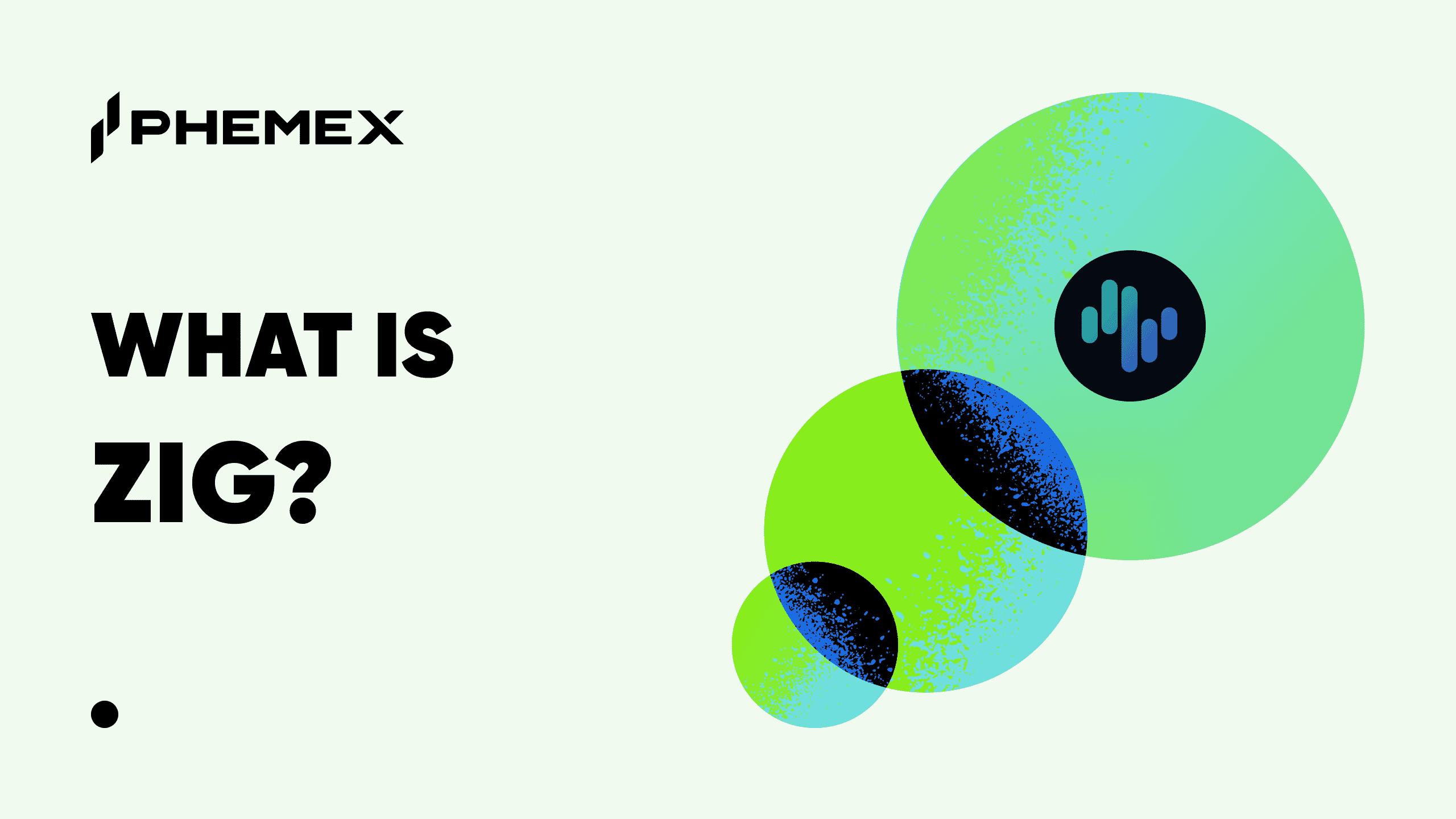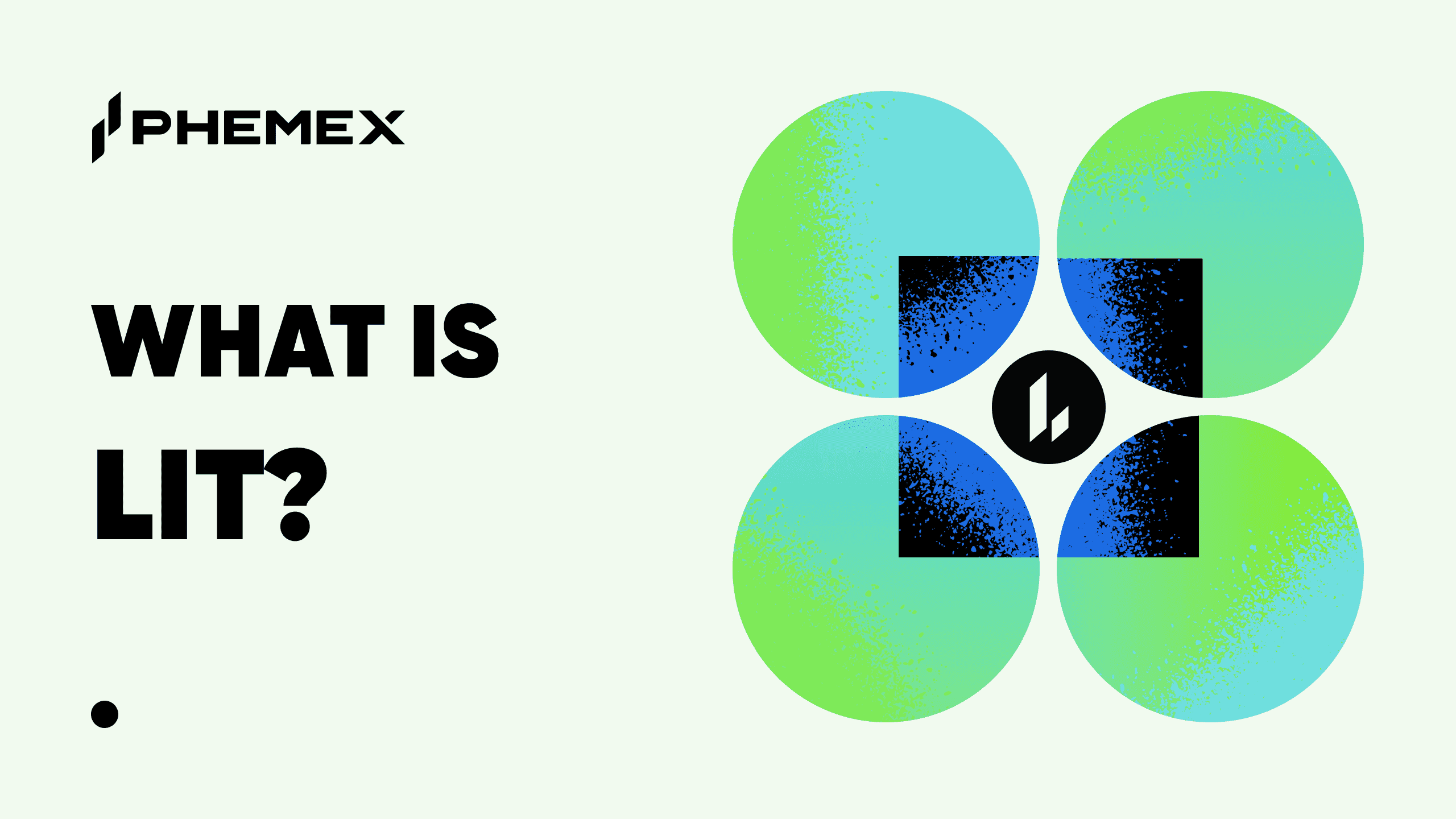Summary Box (Quick Facts)
-
Ticker Symbol: WLD
-
Chain: Ethereum (ERC-20), with most transactions on the Optimism Layer-2 network.
-
Contract Address: 0x163f8c2467924be0ae7b5347228cabf260318753
-
Circulating Supply: Approximately 2.02 billion WLD.
-
Max Supply: 10 billion WLD.
-
Primary Use Case: Governance, utility token for a global identity and financial network.
-
Current Market Cap: Approximately $3.85 billion.
Key Takeaways
-
What is Worldcoin?: Worldcoin is a digital identity project that uses iris-scanning biometric devices called Orbs to verify that a user is a real and unique human, creating a "World ID." It aims to build the world's largest identity and financial network.
-
WLD Token: The native cryptocurrency, WLD, is an ERC-20 token used for governance and as a utility token within the ecosystem. A majority of the tokens are planned to be distributed to individuals for verifying their "humanness."
-
Technology: It operates as a Layer-2 solution on top of Ethereum, primarily using the Optimism network for faster and cheaper transactions while leveraging Ethereum's security.
-
Founders: The project was co-founded in 2019 by Sam Altman (CEO of OpenAI), Alex Blania, and Max Novendstern.
-
Supply & Tokenomics: Worldcoin has a fixed total supply of 10 billion WLD for the first 15 years, after which governance can introduce a small inflation rate.
What Is Worldcoin (WLD)?
Worldcoin is a cryptocurrency and digital identity project with a bold ambition: to build the world's largest and most inclusive identity and financial network. Launched in 2019 by OpenAI CEO Sam Altman, Alex Blania, and Max Novendstern, the project aims to solve one of the most pressing challenges of the AI era: distinguishing humans from bots online.
At its core, Worldcoin explained simply, is a system designed to provide a "proof-of-personhood." It does this through a unique biometric verification device called the "Orb." Individuals can scan their irises with an Orb to prove they are a unique human. In return, they receive a World ID, which acts as a digital passport, and in many regions, are eligible to claim WLD tokens.
The project's ultimate goal is to increase economic opportunity and create a reliable way for people to verify their humanity online while preserving privacy. This World ID could be used for everything from logging into websites and social platforms to participating in global democratic processes and potentially even receiving a form of AI-funded universal basic income (UBI). The WLD token is central to this ecosystem, designed to function as a utility and governance token, giving users a say in the protocol's future.
Ready to explore this forward-thinking project? Discover how you can participate and trade WLD on Phemex.
How Many WLD Are There?
Worldcoin's tokenomics are designed for broad distribution. The total supply of WLD is capped at 10 billion tokens for the first 15 years after its launch on July 24, 2023.
-
Max vs. Circulating Supply: While the maximum supply is 10 billion, the circulating supply is the number of tokens currently active in the market, which is approximately 2.02 billion. This circulating supply grows as more users are verified and claim their tokens, and as tokens unlock according to a vesting schedule.
-
Inflationary or Deflationary?: For the first 15 years, the supply is fixed, making it non-inflationary during this period. After 2038, the Worldcoin community's governance can decide to introduce an inflation rate of up to 1.5% per year if it's deemed necessary for the protocol's long-term health. By default, the inflation rate is set to 0%. This contrasts with deflationary currencies like Bitcoin, which have a hard supply limit that can never be changed.
-
Token Distribution: The initial token allocation is heavily community-focused to encourage widespread adoption. The following table provides a breakdown of the distribution:
| Percentage | Category | Description |
| 75% | World Community | The Worldcoin Foundation governs the allocation of these tokens. Most are allocated to users, with some reserved for the ecosystem fund and network operations. |
| 13.6% | TFH Investors | These tokens were allocated to investors who provided funding to Tools for Humanity (TFH) during the project's multi-year pre-launch phase. |
| 11.1% | Team | These tokens are for the TFH team and other service providers who contributed to the development of Worldcoin. |
| 0.3% | TFH Reserve | TFH retains a small reserve of WLD tokens to address its future operational needs. |
What Does WLD Do?
The Worldcoin token (WLD) is more than just a digital currency; it's a key component of the project's ecosystem, designed with utility and governance at its core.
-
Real-World and Network Use Cases: The primary Worldcoin use case is to create a globally inclusive identity and financial network. The World ID, obtained through Orb verification, provides a secure "proof-of-personhood" that can be used to authenticate users on various platforms, combatting bots and fake accounts. This digital passport can be integrated into web applications, social networks, and even government programs.
-
Utility for Fees, Staking, and Governance: The community of users will ultimately determine the WLD token's utility. Potential uses include paying for actions within the World App or other wallets, making payments, and signaling approval for initiatives. Crucially, WLD is designed with governance properties, empowering users by giving them a say over the future direction of the protocol.
-
Integration in Apps or Platforms: WLD is an ERC-20 token on Ethereum, but most transactions are expected to occur on the Optimism network to ensure lower fees and faster speeds. Users interact with the ecosystem primarily through the World App, a wallet that supports the creation of a World ID and allows for global payments, purchases, and transfers.
Stay updated on the latest developments and news about Worldcoin by exploring the Phemex Academy.
WLD vs. Bitcoin
While both Worldcoin and Bitcoin are cryptocurrencies, they are fundamentally different in their purpose, technology, and economic model.
| Feature | Worldcoin (WLD) | Bitcoin (BTC) |
| Primary Use Case | Digital identity ("proof-of-personhood") and a global financial network. | A decentralized digital store of value and a peer-to-peer payment system. |
| Technology | An ERC-20 token on Ethereum, utilizing Layer-2 scaling (Optimism) for efficiency. | A standalone Layer-1 blockchain with its own network and security protocol. |
| Consensus Mechanism | Relies on Ethereum's security. Its core verification is "Proof-of-Personhood" via biometrics. | Proof of Work (PoW), which requires significant computational power for mining. |
| Token Supply | Fixed at 10 billion for 15 years, with potential for a small, governed inflation rate afterward. | Deflationary, with a hard cap of 21 million coins that will ever exist. |
| Distribution | Aims for wide distribution by giving tokens to individuals for verifying their identity. | New coins are issued to miners as a reward for securing the network. |
| Decentralization | Aims for decentralization in governance, but the hardware (the Orb) and initial development are managed by a central entity, Tools for Humanity. | Highly decentralized, with no central authority controlling the network or its protocol. |
The Technology Behind WLD
Worldcoin's technological foundation is a hybrid approach designed to balance security, scalability, and accessibility.
-
Consensus Mechanism and Blockchain: WLD is an ERC-20 token, meaning it is built on the Ethereum blockchain and benefits from its robust security. However, to handle a high volume of transactions efficiently and keep fees low, most WLD transactions take place on Optimism, a Layer-2 scaling solution for Ethereum. The core innovation is not a new consensus mechanism but rather "Proof-of-Personhood," which relies on biometric data to verify unique human users.
-
Unique Technologies (The Orb): The centerpiece of Worldcoin's technology is the Orb, a custom biometric imaging device. The Orb uses multispectral sensors to scan a person's iris, creating a unique and private identifier. By default, these iris images are promptly deleted from the device to protect user privacy. This system is designed to ensure that one person can only register for one World ID.
-
Infrastructure and Partnerships: The project is developed by a company called Tools for Humanity and is supported by the Worldcoin Foundation, a non-profit that helps steward the ecosystem. Worldcoin has received significant venture capital backing from prominent investors like Andreessen Horowitz and Khosla Ventures. Recent integrations and partnerships with companies like Razer and Match Group, along with major exchange listings, are expanding its reach.
Team & Origins
Worldcoin was founded in 2019 by a team with deep roots in the technology and artificial intelligence sectors.
-
Founders and Developers: The project was co-founded by Sam Altman, the well-known CEO of OpenAI; Alex Blania; and Max Novendstern. The core development is handled by Tools for Humanity (TFH), a company based in San Francisco and Berlin.
-
Launch Timeline: After years in development and a beta phase that onboarded approximately two million users, Worldcoin officially launched out of beta on July 24, 2023. At launch, Orb operations were planned for 35 cities across 20 countries.
-
Notable VC Backing: Worldcoin has attracted substantial funding from top-tier venture capital firms. It has raised over $240 million from investors including Andreessen Horowitz (a16z), Khosla Ventures, Bain Capital Crypto, and Blockchain Capital, signaling strong institutional confidence in its long-term vision.
Key News & Events
Since its launch, Worldcoin has been a subject of intense market activity and regulatory discussion.
-
Major Treasury Investment (September 2025): Nasdaq-listed Eightco Holdings announced it was launching the first-ever Worldcoin treasury strategy, raising $250 million to acquire WLD as a key financial asset. The news caused the WLD price to surge over 80% in a few days as it signaled growing institutional adoption.
-
Exchange Listings (2025): The WLD token was listed on major exchanges like South Korea's Upbit, which provided a significant boost to its market access and trading volume.
-
Regulatory Scrutiny: The project's use of biometric data has attracted attention from regulators. Several countries, including Kenya and Germany, have launched investigations into its privacy practices. These regulatory headwinds remain a key factor for the project's future.
-
Global Expansion and Partnerships: Despite regulatory challenges, Worldcoin continues its global expansion, operating over 1,500 Orbs in more than 20 countries. It has also announced partnerships with companies like Razer and integrations with platforms like Match Group.
Is WLD a Good Investment?
Determining whether Worldcoin is a good investment requires a balanced look at its potential and the significant risks involved. This is not financial advice.
-
Past Performance: The WLD token has experienced extreme volatility. After launching, its price saw significant fluctuations. More recently, news of major institutional investment in September 2025 caused the price to rally sharply, more than doubling in a week and breaking past key technical resistance levels.
-
Community Growth and Market Positioning: Worldcoin has successfully built a large community, with over 12 million people having an Orb-verified World ID. Its unique position as a "proof-of-personhood" project at the intersection of AI and crypto gives it a distinct narrative. The backing of high-profile figures like Sam Altman and major VCs provides it with significant credibility and resources.
-
Risks (Regulatory, Volatility, Privacy): The Worldcoin investment potential is accompanied by substantial risks.
-
Regulatory Risk: The primary obstacle is regulatory uncertainty. Government probes into its data collection practices could lead to restrictions or bans in key markets.
-
Privacy Concerns: The reliance on biometric data is controversial and a major point of criticism, which could hinder mainstream adoption.
-
Volatility: Like many altcoins, WLD's price is highly volatile and susceptible to market sentiment and news events.
-
In conclusion, Worldcoin is a high-risk, high-reward project. Its success hinges on its ability to navigate complex regulatory landscapes, address privacy concerns, and achieve widespread adoption of its identity network.
How to Buy WLD on Phemex
You can easily buy WLD on Phemex in just a few steps. After creating and verifying your account, deposit funds using a credit/debit card, bank transfer, or crypto deposit. Then, navigate to the spot market to trade WLD. For a complete, step-by-step guide, please visit our dedicated page: How to Buy Worldcoin.
FAQs
What is Worldcoin (WLD)?
Worldcoin is a digital identity and cryptocurrency project that aims to create a global financial network. It uses a biometric device called the Orb to scan a person's iris to create a unique "World ID," proving they are a real human.
Who created Worldcoin?
Worldcoin was co-founded in 2019 by Sam Altman (CEO of OpenAI), Alex Blania, and Max Novendstern.
How do you get Worldcoin?
In regions where it is permitted, individuals can receive WLD tokens by getting their iris scanned by an Orb to create a verified World ID. You can also buy WLD on cryptocurrency exchanges like Phemex.
What is the point of Worldcoin?
The main goal of Worldcoin is to provide a reliable way to distinguish humans from AI online (known as "proof-of-personhood"). This digital identity can increase economic opportunity, enable secure access to online services, and potentially pave the way for AI-funded universal basic income.
What blockchain is WLD on?
WLD is an ERC-20 token built on the Ethereum blockchain. However, to achieve higher speeds and lower transaction costs, it primarily operates on the Optimism Layer-2 network.









